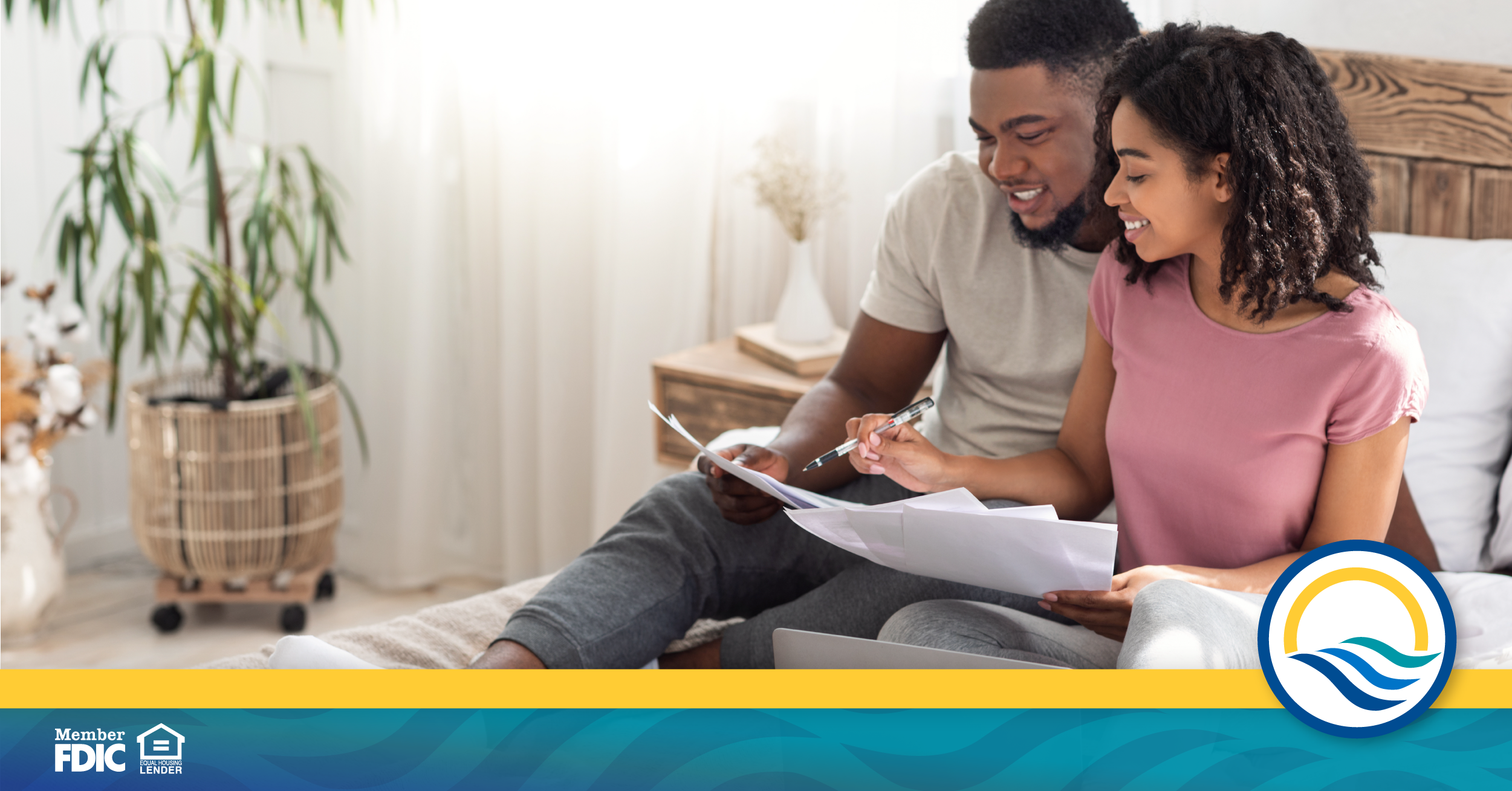How Much of Your Income Should Go to Housing Expenses?

It’s easy to fall in love with the grandeur of a home or the amenities and hip location of an apartment or condominium. So easy, in fact, it may blind you to its cost — a cost that may exceed your budget. Before you start searching for a home and falling in love with a dwelling, you should figure out how much you can afford to spend on a space.
Do a little math before buying a home
If you’re looking to buy a new home and take on a mortgage, you need to look at your paycheck. Focus on your gross monthly income, the sum that is untouched by deductions and taxes, and calculate no more than 30% or 28% of that number. When you opt for the 28% mark, you’ll be implementing the 28/36 rule, a tactic favored by financial experts for aspiring homeowners.
“The 28/36 rule stipulates that in order for a home to be considered within your budget, your housing expenses (such as mortgage payments, taxes and insurance payments) shouldn’t exceed 28% of your gross monthly income. Your total debt (including credit cards, student loans and car loan payments) shouldn’t exceed 36% of your gross monthly income,” advises Megan Leonhardt, writer for CNBC.com.
Be sure to factor in the debts and income of your partner or spouse, too, when you’re working out what your household can afford, she adds.
Calculate a little more as a renter
Renters should increase their percentage goal by 2 points, to earmark 30% of your gross income. “For renters, that 30% includes rent and utility costs like heat, water and electricity. That means if you earn $75,000 a year before taxes, you should spend no more than $1,875 a month on your housing,” according to Leonhardt.
The reason for this percentage is so that you do not have to spend all your funds on your mortgage or rent payment. She notes it is designed to leave enough money to pay for essential items such as transportation and food. Although this is a common and recommended practice, you should note that where you choose to live may alter the equation.
“If you live in an affordable area, for example, you shouldn’t pass up an apartment renting for $500 per month simply because it’s only 18% of your income. On the flip side, sticking to spending 30% on rent isn’t always feasible in a place like Hoboken or San Francisco, where median rents top $2,000 per month for a one-bedroom apartment according to recent data from Apartment List,” reports Kelsey Sheehy, writer for NerdWallet.com.
Another method to work out your housing finances that Sheehy suggests is the 50/30/20 budget guide. In this breakdown, you’d work with what you take home each month after taxes have been deducted. You’d need to allocate 20% to debts and savings while 30% is earmarked for wants. Your needs including food, insurance, minimum debt payments, and of course rent, get the most with a 50% cut.
If your numbers aren’t adding up or you’re having trouble working out your finances, seek advice from a real estate professional who can steer you to a more affordable market and a financial expert to help you craft a realistic budget.
